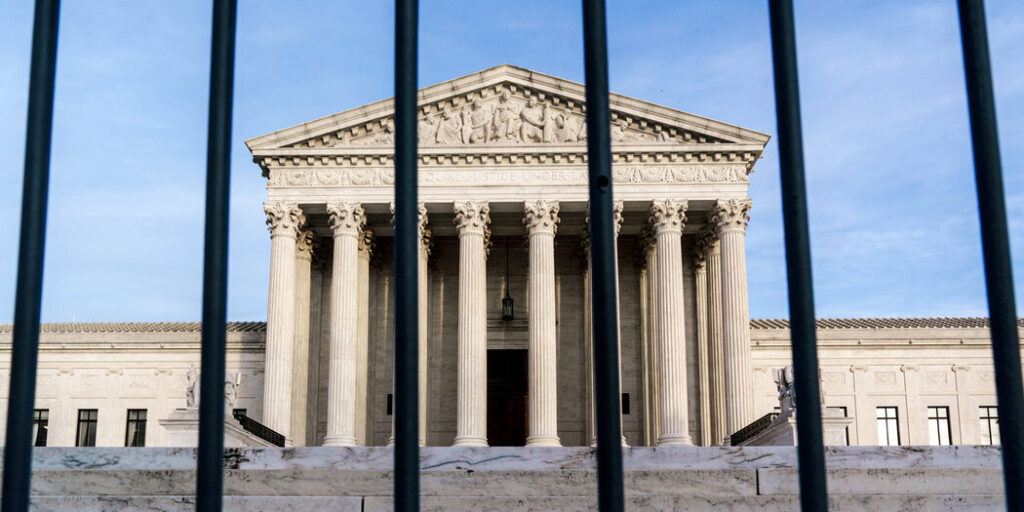You’re reading The Briefing, Michael Waldman’s weekly newsletter. Click here to receive it in your inbox.
Justice Alito’s Controversial Draft and Supreme Court Maneuverings
Last spring, Justice Samuel Alito drafted an opinion that would dismiss federal charges against many participants in the January 6 Capitol riot. This opinion, part of Fischer v. United States, was not yet public. However, The New York Times later reported that Alito had flown an insurrection flag at his home, a gesture he attributed to his wife’s fondness for flags.
Further reports indicated that Alito had displayed similar flags at his vacation home, raising questions about his impartiality. In response, Chief Justice John Roberts quietly replaced Alito’s name with his own on the opinion, sidestepping any potential conflict.
Chief Justice Roberts’ Role in Shaping Court Rulings
This incident is part of a detailed report by Jodi Kantor and Adam Liptak in The New York Times. The article delves into Chief Justice Roberts’ behind-the-scenes influence on rulings that favored former President Donald Trump. Despite being overshadowed by other news, like the arrest of a gunman near Trump’s golf course and attacks on the Haitian immigrant community in Ohio, these revelations remain significant.
The report highlights how Roberts, despite his reputation for institutionalism, has led the Court in ways that protect Trump from legal consequences. Critics argue that this undermines the integrity of the judicial system.
Expectations and Realities of Supreme Court Decisions
At the start of the year, many legal observers, including Michael Waldman, believed the Court would allow Trump’s trial to proceed. There was a prevailing expectation that Chief Justice Roberts would ensure a unified stance on major issues, similar to past rulings like United States v. Nixon during Watergate.
However, behind closed doors, Roberts had already decided to favor Trump. In a February memo, he suggested that the Supreme Court would likely view the separation of powers differently from the appeals court, indicating a protective stance towards Trump.
Implications of the Supreme Court’s Decisions
Kantor and Liptak’s report outlines several instances where Roberts manipulated the Court’s decisions in Trump’s favor, excluding liberal justices and compromising the integrity of the rulings. NYU Law professor Trevor Morrison even found evidence that Roberts edited a key quote from a previous ruling to benefit Trump.
These actions suggest that future presidents could engage in illegal activities with the assurance of immunity if they involve other government officials. Such rulings have been criticized as some of the worst in American history, comparable to Citizens United and Shelby County, which also dismantled democratic safeguards.
Calls for Supreme Court Reforms
Throughout American history, controversial Supreme Court decisions have often led to significant backlash. Past rulings like Dred Scott and Lochner incited public outrage and called for reforms. Similarly, the recent Trump v. United States ruling, alongside the Dobbs decision on abortion rights, could provoke a modern response.
Advocates like Waldman argue for 18-year term limits for Supreme Court justices and a binding code of ethics, which would prevent justices like Alito and Clarence Thomas from participating in certain cases. These reforms are popular, with a recent Fox News poll indicating that 78 percent of respondents support term limits.
The current state of the Supreme Court underscores the need for these changes. Without them, the integrity of the institution remains at risk.





